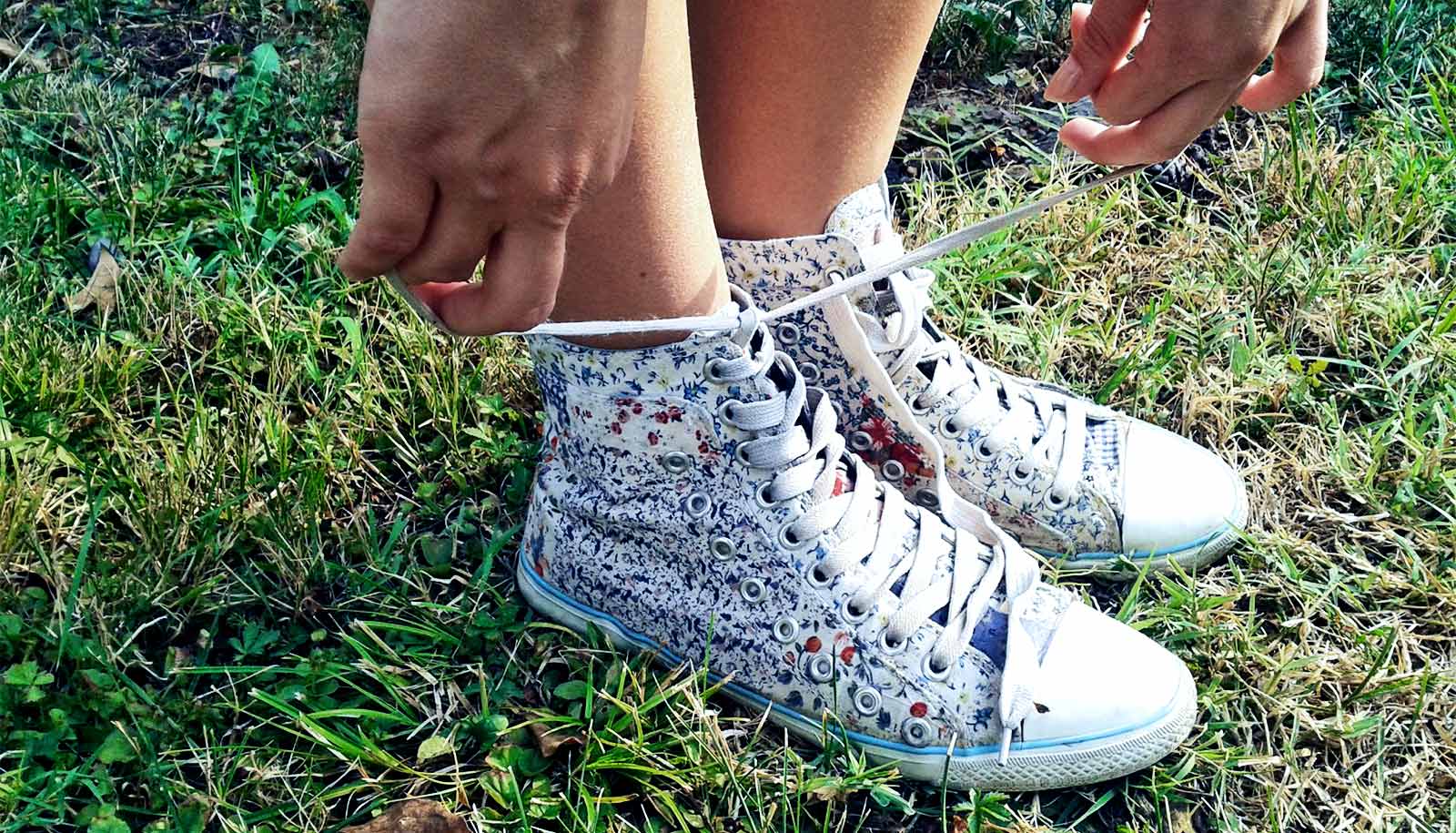
"...we have a plan for tying each knot, a plan that becomes activated just before the actual procedure is executed," says Robert Mason. (Credit: Lombardy Poplar/Flickr )
Unique brain patterns fire off when you tie various knots
Once researchers figured out the brain's patterns for tying different knots, they could predict which knot study participants would tie before they started.
Researchers have decoded the step-by-step processing that happens in the brain when people tie various knots.
“Tying a knot is an ancient and frequently performed human action that is the epitome of everyday procedural knowledge,” says senior author Marcel Just, a professor of psychology at Carnegie Mellon University.
Each neural signature was so distinct that the researchers could identify the knot the participant was thinking of when they reviewed the scans.
“Understanding how the brain learns and represents procedural tasks is an important part of the science of learning .”
The researchers recruited seven subjects and taught them to tie seven distinct knots. Each participant was scanned in an fMRI machine while they imagined tying a knot or physically performed the task.
Just and Robert Mason, a senior research associate, developed a machine learning algorithm to process the fMRI images to identify the association between each knot and their respective neural signatures.
The researchers found that each knot produced a distinctive set of neural signatures that produced a unique pattern during the tying process. Each participant produced a similar pattern for each unique knot.
In addition, each neural signature was so distinct that the researchers could identify the knot the participant was thinking when reviewing the scans.
“Once we identified the neural representations of the procedures of how to tie each specific knot, we were able to predict which knot they were about to tie before they started tying it,” says Mason. “That was possible because we have a plan for tying each knot, a plan that becomes activated just before the actual procedure is executed.”
This work differentiates from past studies because it focuses on the “knowing” component of a task. The researchers honed in on the particular sequence of actions captured as neural snapshots in the fMRI scans that illustrate the pattern of “knowing” that fire in the brain, even when the act of tying a knot is imagined.
According to Just, the ability to identify the neural representation of a procedure may be useful in developing instructional techniques that teach procedures with high efficiency and in developing brain-computer interfaces that translate a mental procedure into a robotic performance .
The research appears in Psychological Science . The Office of Naval Research sponsored the research.
Source: Carnegie Mellon University
The post Unique brain patterns fire off when you tie various knots appeared first on Futurity .
Share this article:
This article uses material from the Futurity article, and is licenced under a CC BY-SA 4.0 International License. Images, videos and audio are available under their respective licenses.
Related Articles:
Brain evolution clarifies why woodpeckers peck
Sept. 21, 2022 • futurityRewards improve visual learning, but only after sleep
Jan. 20, 2020 • futurityLinks/images:
- https://www.futurity.org/learning-brain-neurons-2245582/
- https://www.futurity.org/visualizing-action-learning-brain-muscles-2302332/
- https://www.futurity.org/brains-and-color-visual-pathway-2377702/
- https://www.futurity.org/brain-computer-interface-tablet-1917522/
- https://www.futurity.org/brain-computer-interface-robotic-arm-2088502/
- https://doi.org/10.1177%2F0956797620916806
- https://www.cmu.edu/news/stories/archives/2020/june/brain-hitches-bows-to-patterns.html
- https://www.futurity.org/brain-patterns-tying-a-knot-learning-2395792/
- https://www.futurity.org


